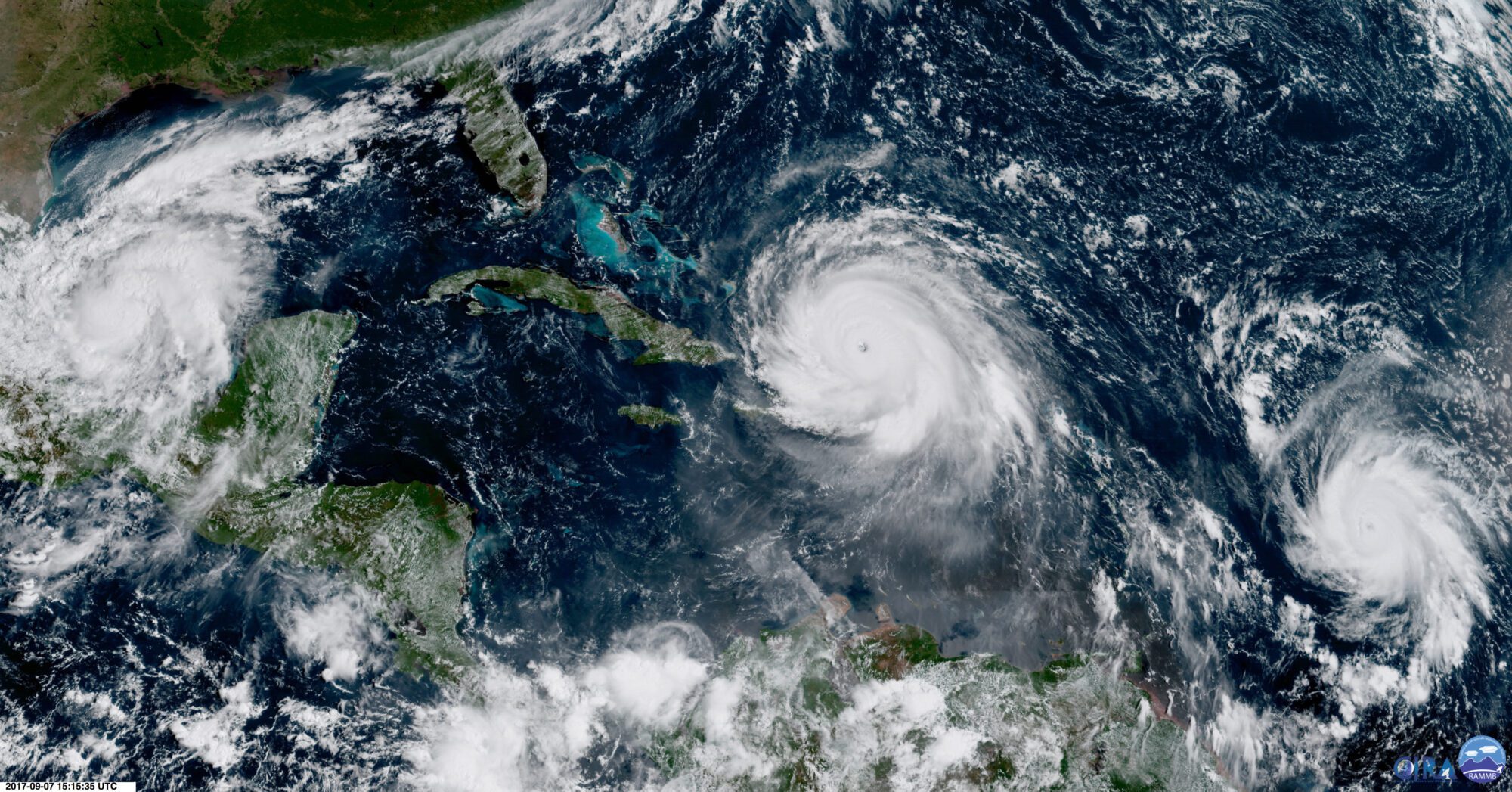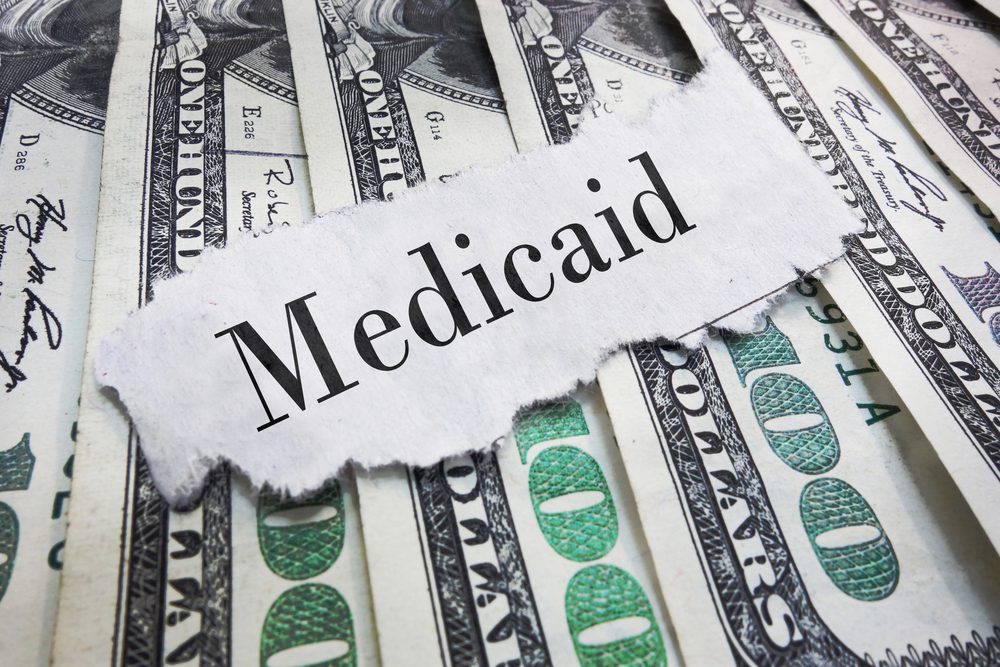
In this geocolor image GOES-16 satellite image taken Thursday, Sep. 7, 2017, at 11:15 a.m. EDT, shows the eye of Hurricane Irma, center, just north of the island of Hispaniola, with Hurricane Katia, left, in the Gulf of Mexico, and Hurricane Jose, right, in the Atlantic Ocean. Irma, a fearsome Category 5 storm, cut a path of devastation across the northern Caribbean, leaving at least 10 dead and thousands homeless after destroying buildings and uprooting trees on a track Thursday that could lead to a catastrophic strike on Florida. (NOAA via AP)
Hurricane season in the Gulf of Mexico officially begins on June 1 and runs through November.
Mississippi Governor Tate Reeves has declared this week, April 30 through May 6, as Hurricane Preparedness week across the state. State agencies such as the Mississippi Emergency Management Agency (MEMA), Department of Insurance, and Mississippi Department of Transportation (MDOT), are all encouraging residents to prepare for the six months of potential bad weather.
Throughout its history, Mississippi has been victim to 14 hurricanes: five remained a Category 3 and one reached a Category 5, Hurricane Camille in 1969. The state continues to recover from Hurricane Ida that hit the last week of August and into September of 2021.
During Hurricane Ida three people were killed and 164 homes were damaged with six destroyed.
“Over the last few years, our state has confronted hurricanes, tornadoes, floods, and more,” said Governor Reeves. “It is critical to have a plan before severe weather strikes. It can make the difference in keeping you and your family safe. I hope Hurricane Preparedness Week can help raise awareness about the upcoming hurricane season and encourage Mississippians to take the necessary steps to prepare.”
MEMA Director Stephen McCraney urged families not to wait for a tropical storm or hurricane to form in the Gulf before taking measures to prepare.
“While the State is prepared to respond to a hurricane, the first 72 hours are on you. That means you need at least 72 hours’ worth of food and water for each family member. Take time today to prepare yourself and your family for a storm,” said McCraney.
In order to prepare for a hurricane, MEMA recommends creating a fully stocked disaster supply kit with necessities like water, non-perishable food, flashlights, batteries, and similar items.
View the MEMA Disaster Supply Kit Checklist here.
MDOT also recommends having an evacuation plan in the event of a disaster. MDOT provides free travel resources including a 2023 Hurricane Evacuation Guide in several languages, and the MDOT Traffic mobile app.
The mobile app provides real-time traffic updates and push notifications in the event of a high traffic area or emergency.
“Hurricane season is quickly approaching, and as we know, hurricanes can have impacts both very early and very late in the season,” said Commissioner Tom King, Southern Transportation District. “This week is an opportunity to get a head start on hurricane preparation.”
You can download a free evacuation guide here.
Along with a disaster supply kit, the Department of Insurance recommends you take inventory of all important documents and include them in a “Go Bag.” These bags consist of documents like insurance and social security cards, cash, medications, a battery powered radio and at least a gallon of drinking water for every family member and pet.
Commissioner Mike Chaney also reminds residents to review their insurance coverage to ensure that they you’re familiar with the policy in the event there is damage to your person or your home. He said flood damage is not generally covered by a standard homeowners insurance policy and there is a 30-day waiting period if purchased through the National Flood Insurance Program (NFIP).
“Some insurance policies have a special deductible for losses caused by named storms. The insurer applies this deductible only when a named storm causes damage. This deductible is separate and different from the normal deductible in a homeowner’s policy,” said Chaney.











